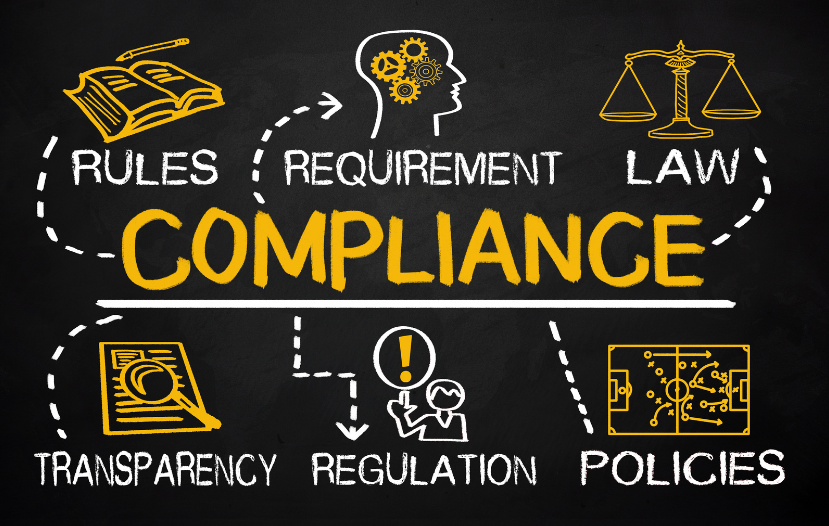
Stay ahead of the curve with our expert guide to ROC filing. Understand why ROC filing is essential and what the process entails.
The Government of India has rules and regulations for every private corporation within the country. These corporations need to be transparent about their business and run their businesses with a clean, ethical mindset. At the very heart of the framework is the Registrar of Companies (ROC). ROC filing for all registered Indian companies requires different types of document submissions and return filing within various time frames.
Filing for ROC may incur fines and other legal penalties for non-compliance. This article is going to be helpful for the understanding of ROC filing procedure and its importance to every business house in India.
ROC filing is the submission of important documents and financial statements to the Registrar of Companies, who supervises the working of companies registered in India. The objective of ROC filing is that the companies should maintain proper and updated records in compliance with statutory requirements. It encourages transparency, accountability, and good governance within the organizations.
Mandatory Requirement: All registered companies under the Companies Act, 2013 are mandated to file specific documents and returns with the ROC.
Avoidance of Penalties: Compliance avoids penalties and legal sanctions for the company.
Maintenance of Legal Status: Filing within time helps maintain the legal status of the company and prevents deregistration.
Public Disclosure: The ROC filing helps make company operations public and develops trust among the shareholders and clients.
Investor Confidence: ROC compliance for startup companies will help attract potential investors due to transparency.
Stakeholder Relations: Accurate filings strengthen relationships with shareholders and regulatory authorities.
Effective Governance: ROC obligations promote adherence to ethical practices and effective governance
Board Oversight: Directors can regularly review company performance and financial health through filed documents.
Risk Management: Timely filings help identify risks and enable proactive measures to address them.
Financial Performance: Companies scrutinize their financial performance, profitability, and liquidity during the filing process.
Creditworthiness: Banks and other lending institutions use ROC filings to determine creditworthiness.
Historical Data: ROC filings are done in time, thus providing a complete historical record of the operations and performance of a company.
Legal Reference: ROC filings act as proof in court cases.
Regulatory Compliance: They enable companies to comply with tax, foreign exchange, and environmental laws.
The board of directors authorizes preparation of the annual financial statements like balance sheet, profit and loss account, and statement of cash flows. The return for the previous year, regarding shareholders, the directors, and the business conduct, is done by the secretary or any person authorized by him.
The board considers and approves these financial statements with the annual return.
The accepted documents are submitted before the shareholders at the AGM for the shareholders to consider and pass.
After approval, the documents are filed with the ROC through prescribed forms available on the MCA portal. Ensure that authorized signatories sign the documents and attach necessary supporting papers
During the submission process, pay the stipulated filling fees.
The ROC verifies the documents that have been filed. In the event of differences, queries arise, and the company has to respond within the given time limit
In case the documents are verified successfully, the ROC issues an acknowledgment and certification of filing.
Go to the official website of MCA. Log in with your User ID and Password.
Go to the "Upload E-Forms" section under the "E-Forms" tab. Browse and upload the appropriate form.
Upon uploading the portal will generate a Service Request Number. Click to make the payment and download the receipt of the payment.
Download the challan receipt and acknowledgment slip, which would be required for subsequent reference.
Use the "Track SRN" option on the portal to view the status of your submission.

